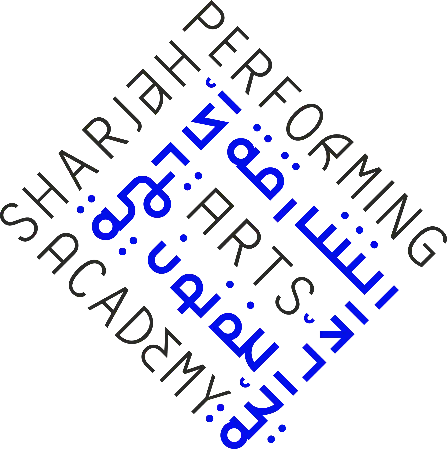The book of why: the new science of cause and effect / Judea Pearl and Dana Mackenzie.
Material type: TextPublisher: New York : Basic Books, 2018Copyright date: ©2018Edition: First editionDescription: x, 418 pages ; 25 cmContent type:
TextPublisher: New York : Basic Books, 2018Copyright date: ©2018Edition: First editionDescription: x, 418 pages ; 25 cmContent type: - text
- volume
- 9780465097609
- 501 23
- Q175.32.C38 P43 2018
| Item type | Current library | Call number | Status | Barcode | |
|---|---|---|---|---|---|
 Books
Books
|
SPAA Library General Collection | Q175.32.C38 P43 2018 (Browse shelf(Opens below)) | Available | 0001425 |
P.B
Includes bibliographical references and index.
The ladder of causation -- From buccaneers to guinea pigs: the genesis of causal inference -- From evidence to causes: Reverend Bayes meets Mr. Holmes -- Confounding and deconfounding: or, slaying the lurking variable -- The smoke-filled debate: clearing the air -- Paradoxes galore! -- Beyond adjustment: the conquest of Mt. Intervention -- Counterfactuals: mining worlds that could have been -- Mediation: the search for a mechanism -- Big data, artificial intelligence, and the big questions.
"Everyone has heard the claim, "Correlation does not imply causation." What might sound like a reasonable dictum metastasized in the twentieth century into one of science's biggest obstacles, as a legion of researchers became unwilling to make the claim that one thing could cause another. Even two decades ago, asking a statistician a question like "Was it the aspirin that stopped my headache?" would have been like asking if he believed in voodoo, or at best a topic for conversation at a cocktail party rather than a legitimate target of scientific inquiry. Scientists were allowed to posit only that the probability that one thing was associated with another. This all changed with Judea Pearl, whose work on causality was not just a victory for common sense, but a revolution in the study of the world"--
There are no comments on this title.


